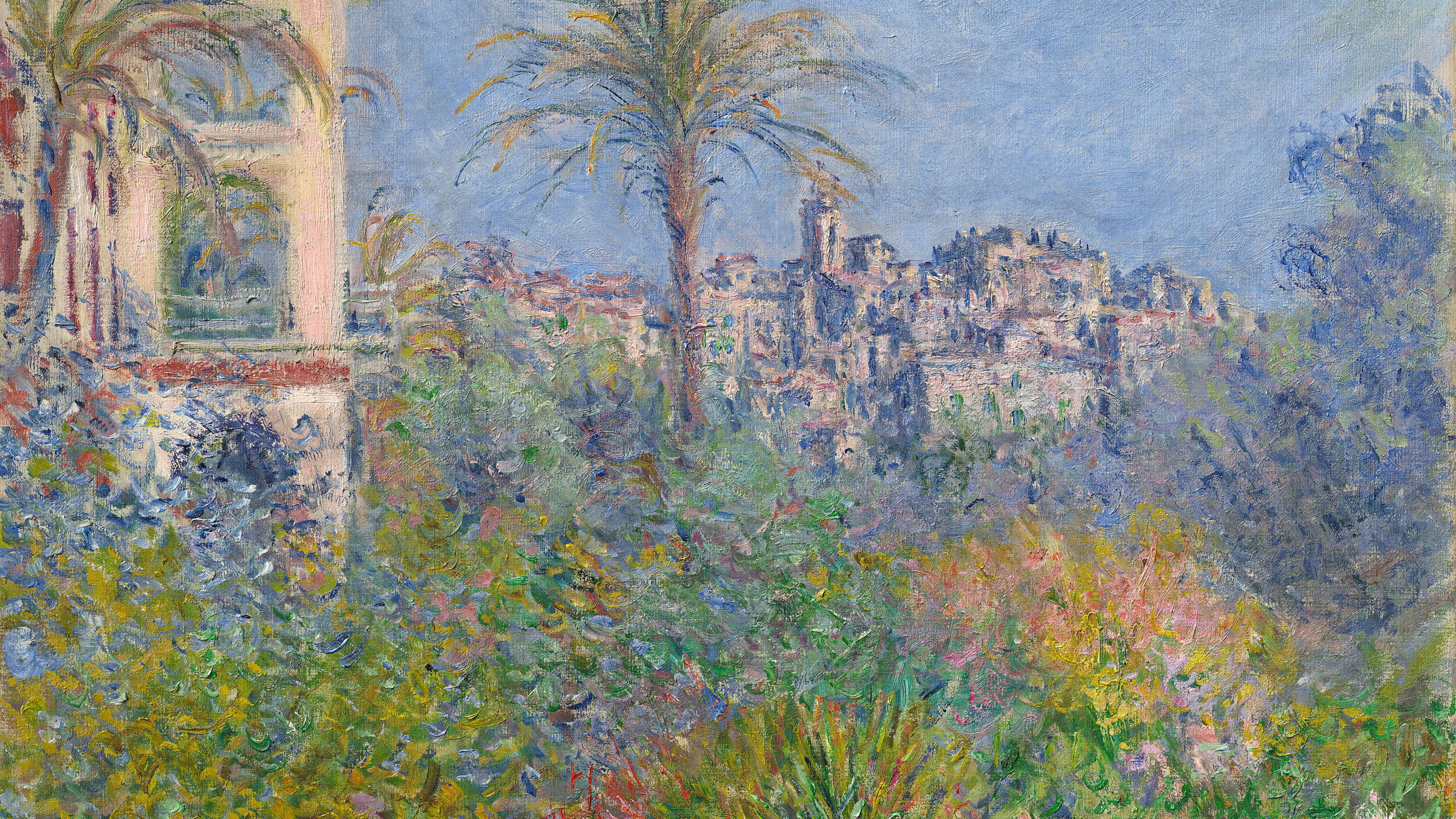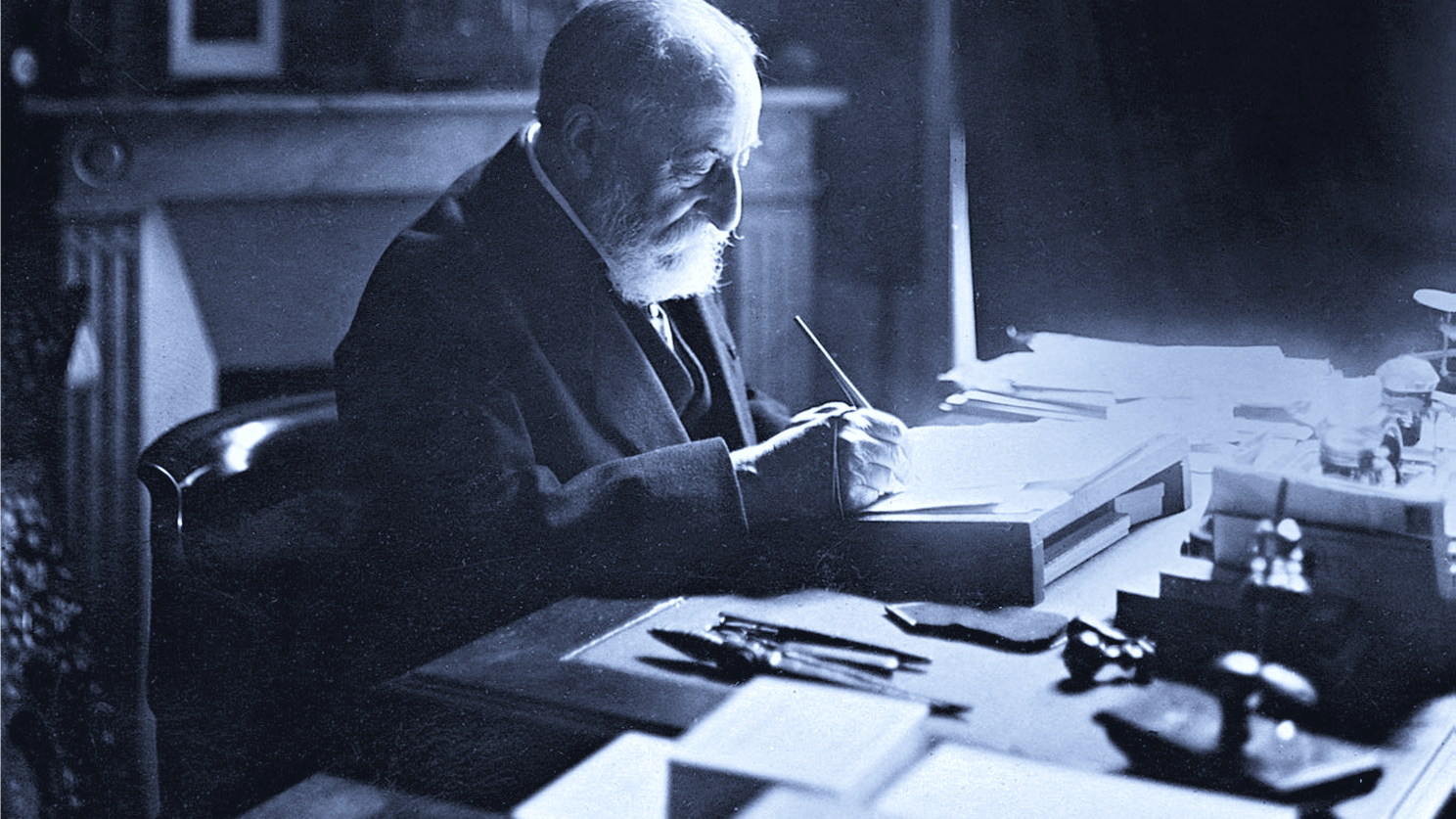Saint-Saëns’ Fantaisie for Violin and Harp: Sunny and Exotic
Camille Saint-Saëns’ Fantaisie for Violin and Harp, Op. 124 is filled with charm, virtuosity, and dreamy exoticism. The 72-year-old Saint-Saëns was vacationing in the city of Bridger in the Italian Riviera when, in 1907, he composed this sparkling miniature. He dedicated the work to a musical duo made up of two sisters, harpist Clara Eissler and violinist Marianne Eissler. Set in a single brief movement and bathed in Italian sunshine, the music …







